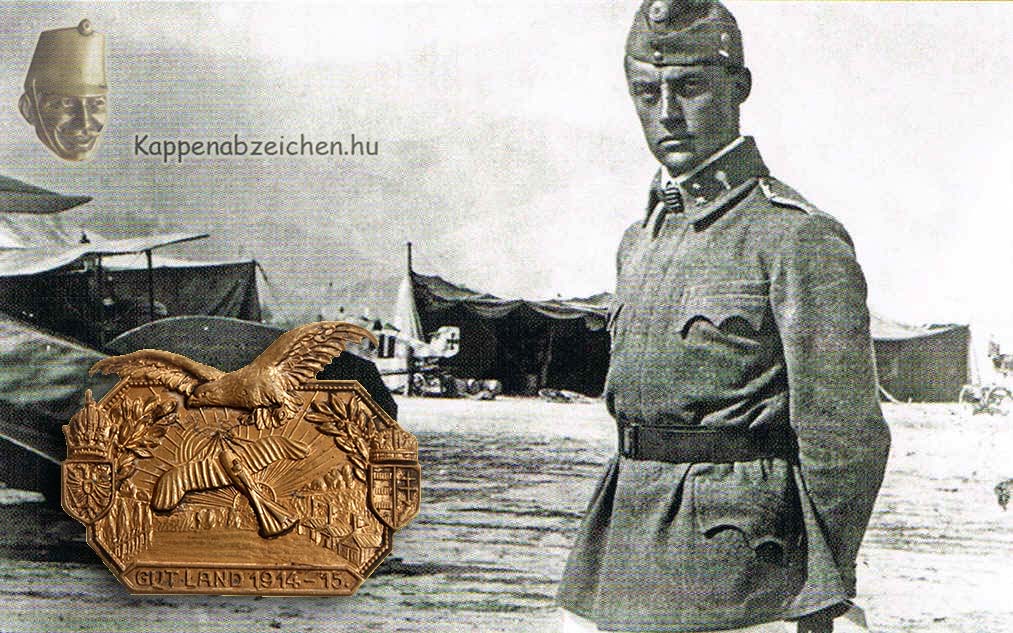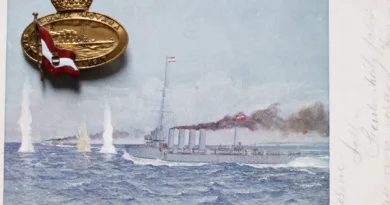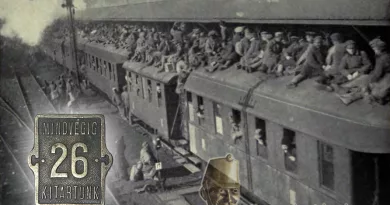July 1918
After the failed Piave Offensive, the Monarchy was once again on the defensive on the Italian front. The victories on the eastern fronts made it possible to redeploy many units, but the exhausted Austro-Hungarian forces were increasingly at a disadvantage against the Italian and British forces reinforced by the Americans. This was manifested in all areas, including in the air. The Monarchy’s military industry was unable to expand its fleet of aircraft at such a pace as to counterbalance the enemy’s aircraft fleet, which was already numerically superior.
Air superiority took its toll: the most experienced pilots were shot down one after the other. Thus, the pilot pool was also getting smaller and weaker. The Hungarian pilot Josef Kiss who achieved the most aerial victories (19) was shot down by Canadian fighters in May 1918. The current post commemorates Frank Linke-Crawford’s death in combat on July 30, 1918. Linke-Crawford was the fourth most successful Austro-Hungarian pilot with 27 aerial victories.
Linke-Crawford came from a Galician family and first served as a dragoon officer. In February 1916, he completed his retraining as an aviation officer and was assigned to the 22nd Flight Squadron. Here, as an observer, he achieved 6 aerial victories with two-seater Brandenburg planes. From 1917, he continued to serve as a leading fighter pilot in the 12th and 41st squadrons on the Isonzo front. In December 1917, he became the commander of the 60th flying squadron.
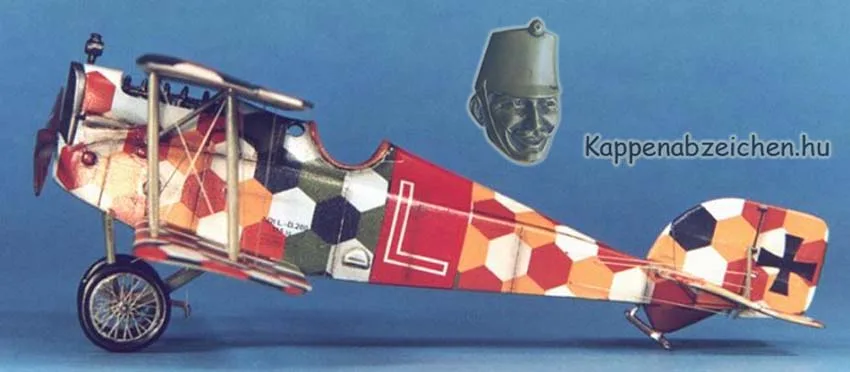
On July 30, 1918, he led a formation of four planes with his Aviatik-Berg D-1 fighter, 115+32. Several machines of the 115 series had technical faults due to the weakness of the steel wires securing the wings. Linke-Crawford’s plane broke away from the formation of four before they could turn to the emerging Italian planes. He still managed to get the plane that was holding to the ground out of the fall, but in the meantime one of the Italian fighters got behind it and shot down the slowed down plane.
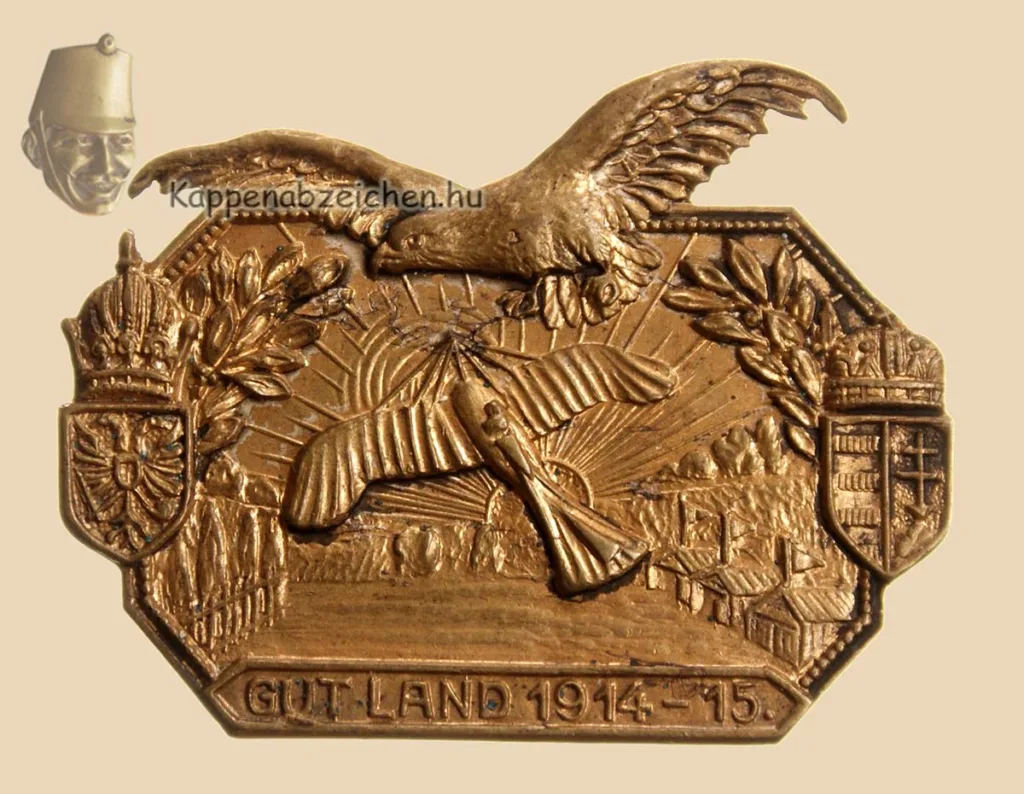
The death of Linke-Crawford shows well the military situation of the Monarchy in the summer of 1918. Due to the declining quality of supplies, armaments, and the death of experienced soldiers, the force became increasingly weak, until in the fall it could no longer withstand the attacks of the intensifying Entente. I’m attaching one of the nice generic “aircraft” badges to the post, “Gut land!” (Happy landing!). The final landing was unsuccessful for Linke-Crawford.

